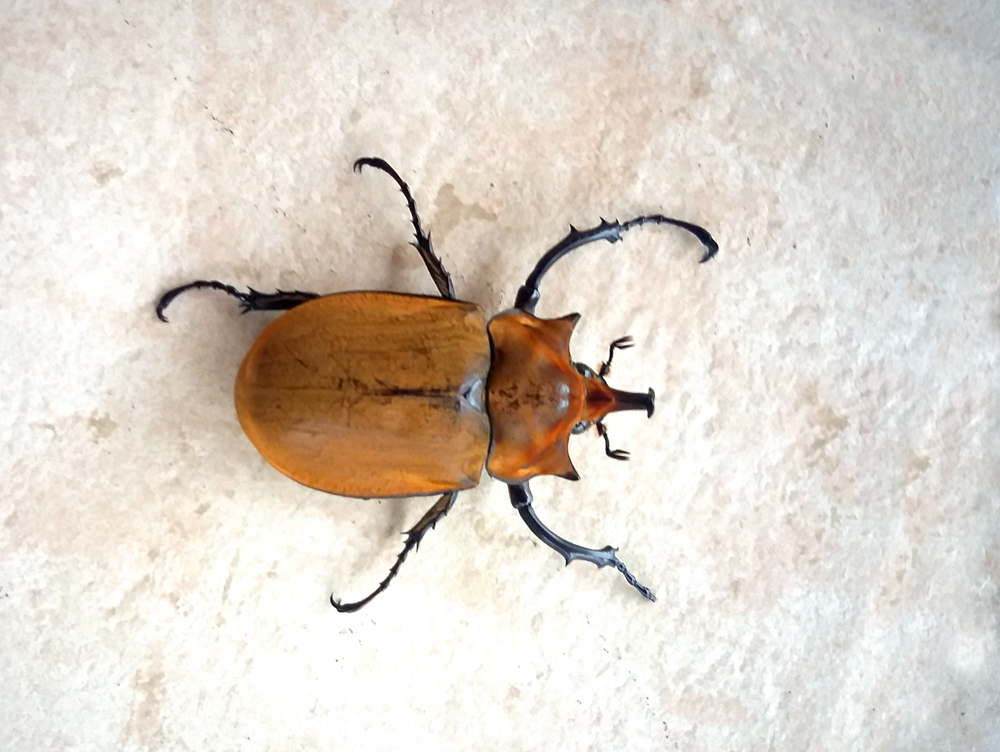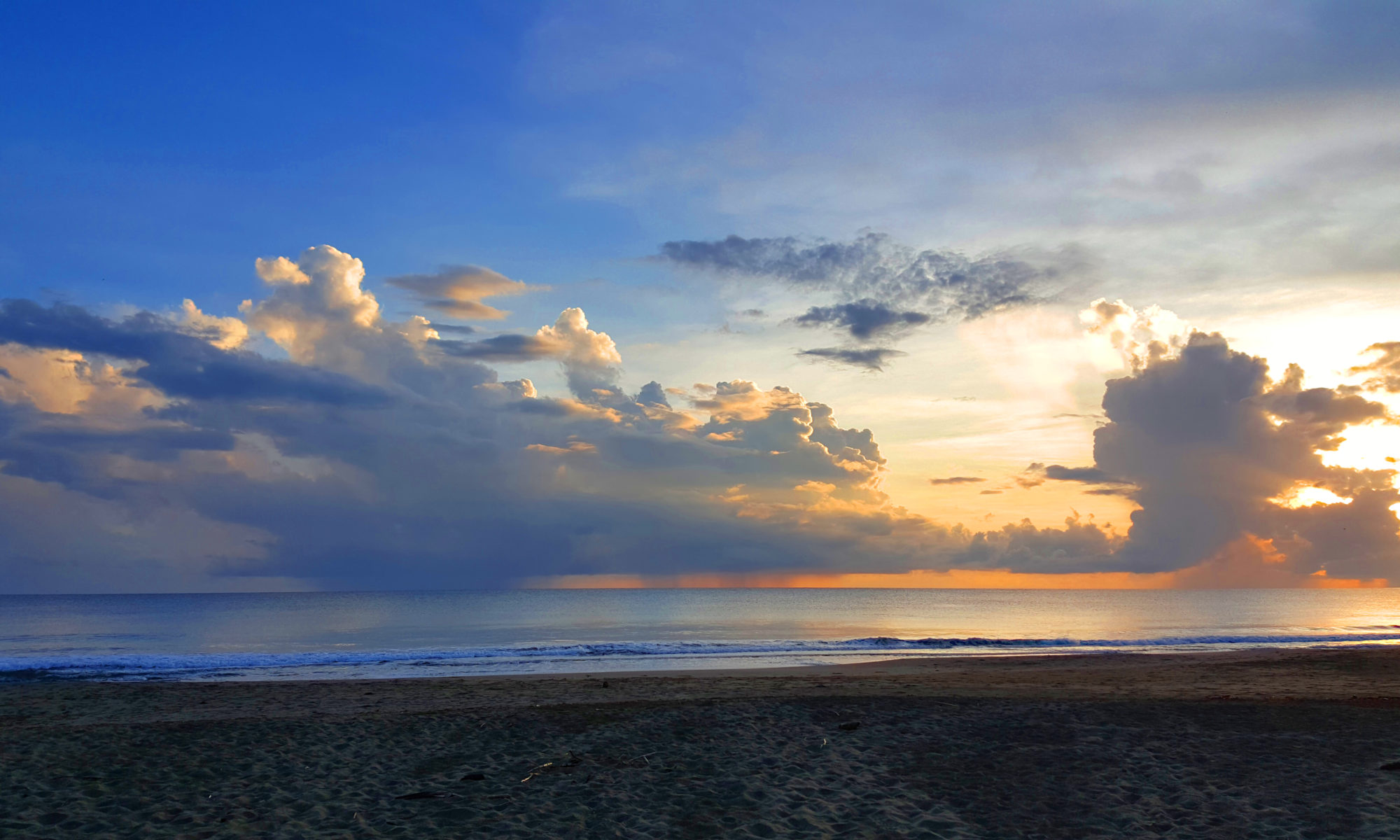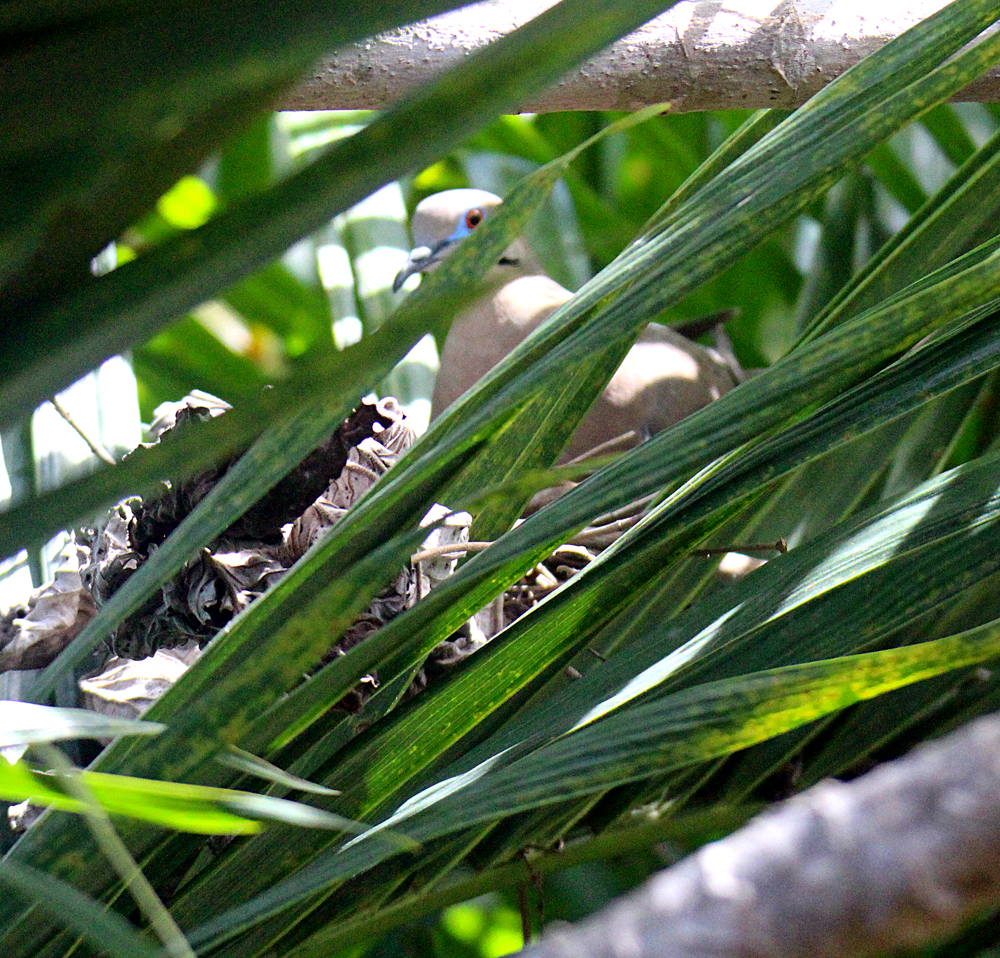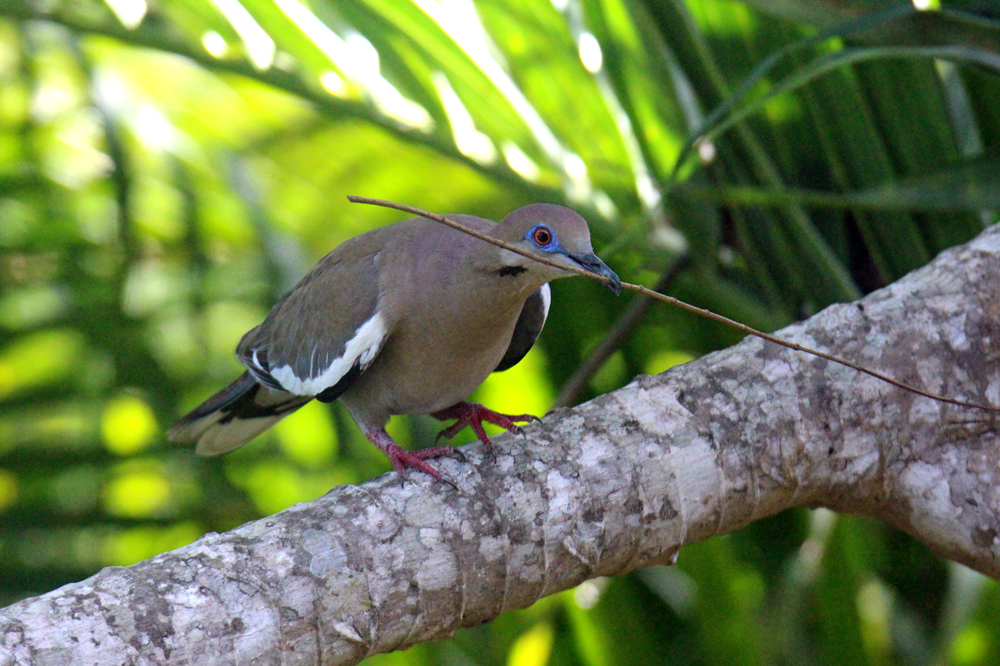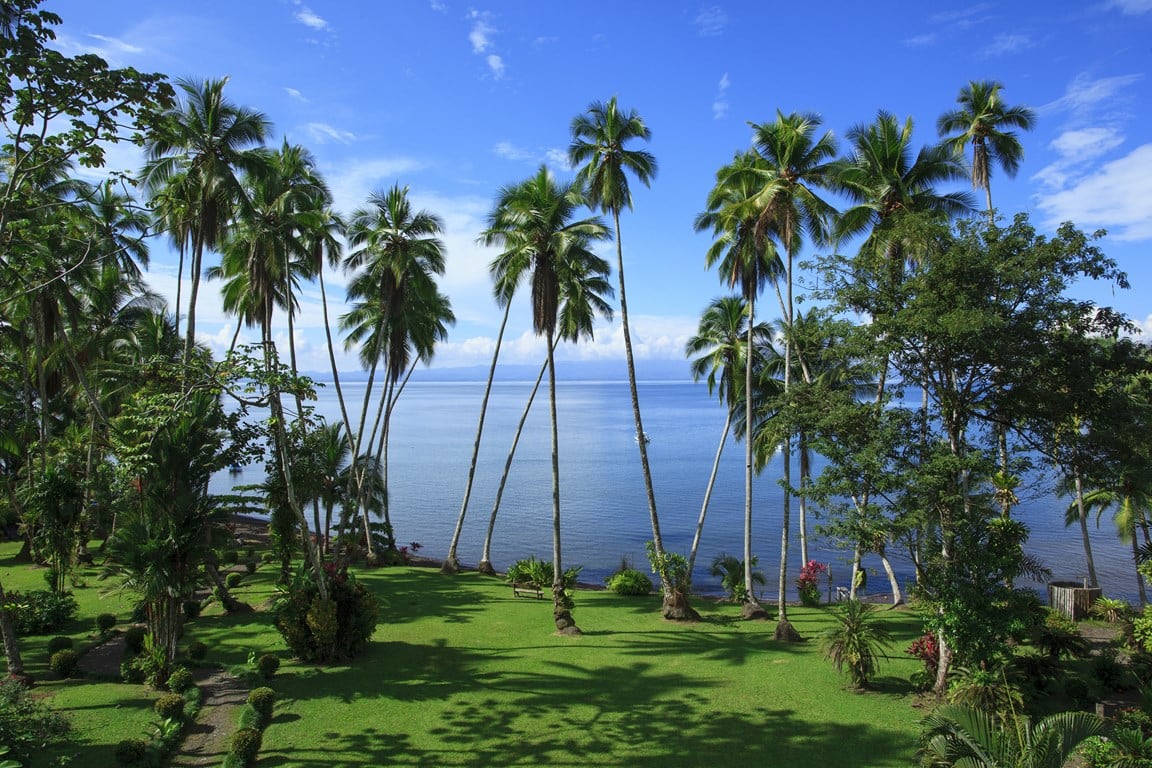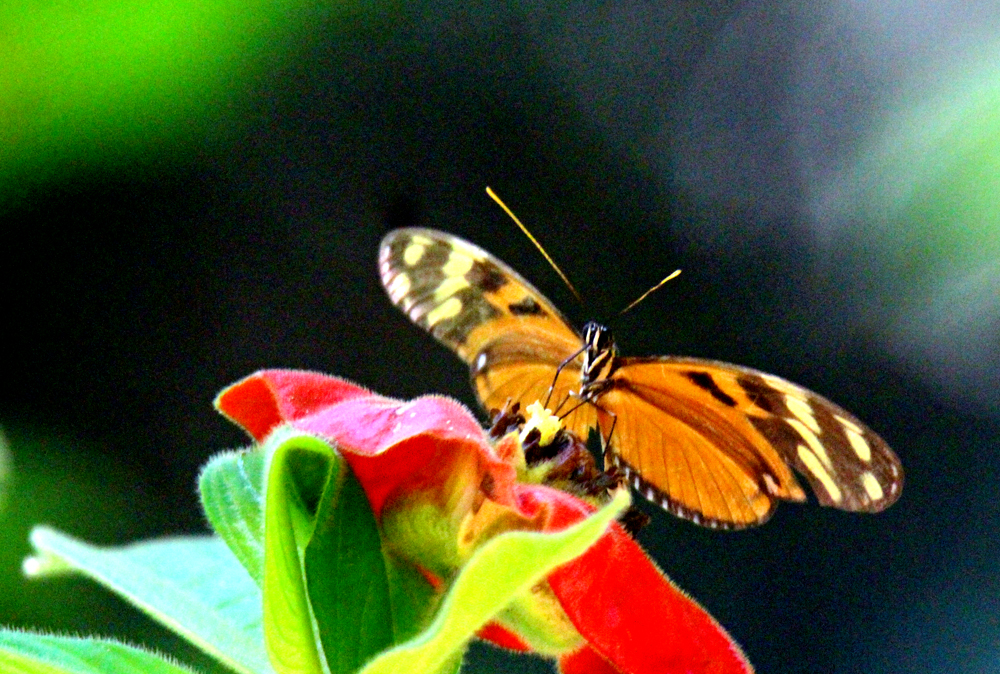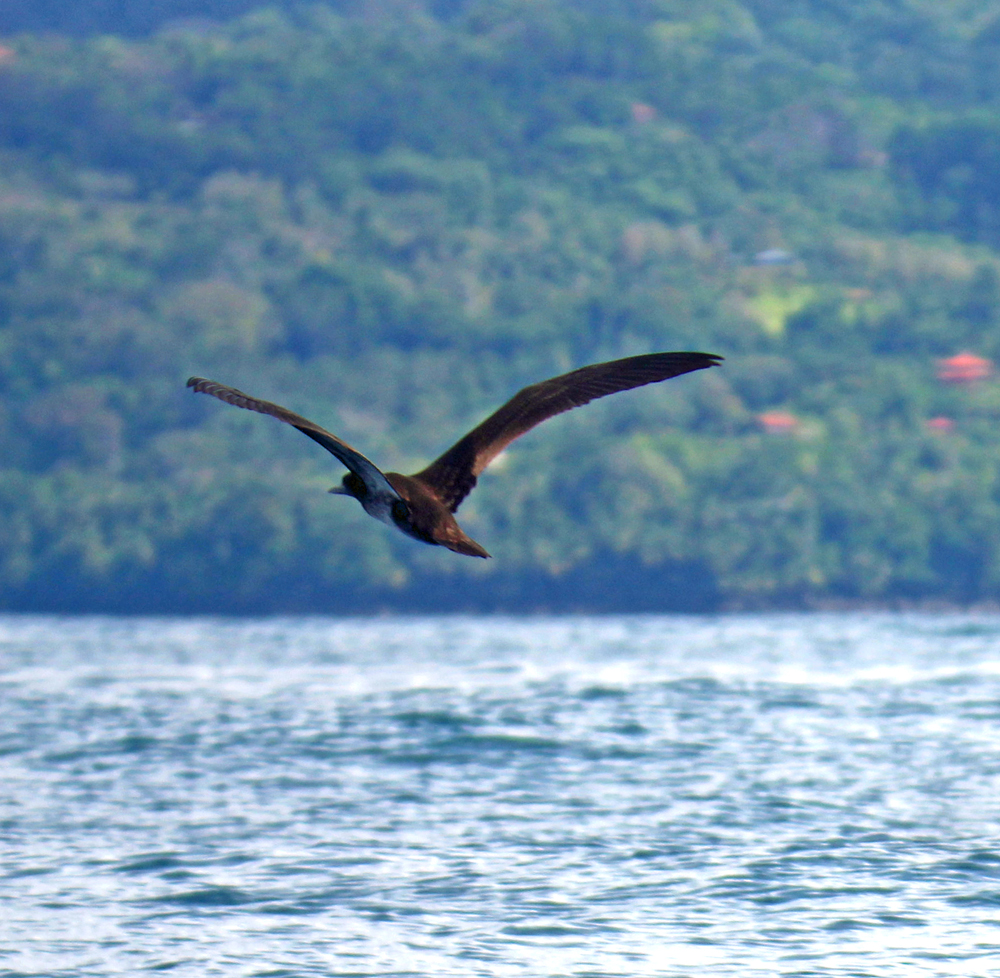Yesterday I completed the last of Agatha Christie’s Miss Marple series of mysteries and had earlier completed all of her Hercule Poirot mysteries. Plus, on my one trip to London I saw her only play, The Mousetrap, the longest running play anywhere in the world! It was great! Just like her books! 🙂
Continue reading “Completed Agatha’s Books”On the Nest
The nest that was being built yesterday now has the mother sitting on the nest and I don’t know if there are eggs there yet, but she never left it the whole time I was out there watching at breakfast and afterwards. Thus I assume that it is the male still bringing sticks/twigs to the nest in the third photo below. I think it is unfortunate that she chose to build the nest inside the palm frond with the possibilities of high winds through February, but nothing I can do about it. In an earlier year an Inca Dove built a nest in a smaller tree’s palm frond and she lost her eggs, but this one is more protected, so maybe safe. See the linked blog post at bottom, “Mother Dove Abandons Nest in Wind.” You can see it all in nature!
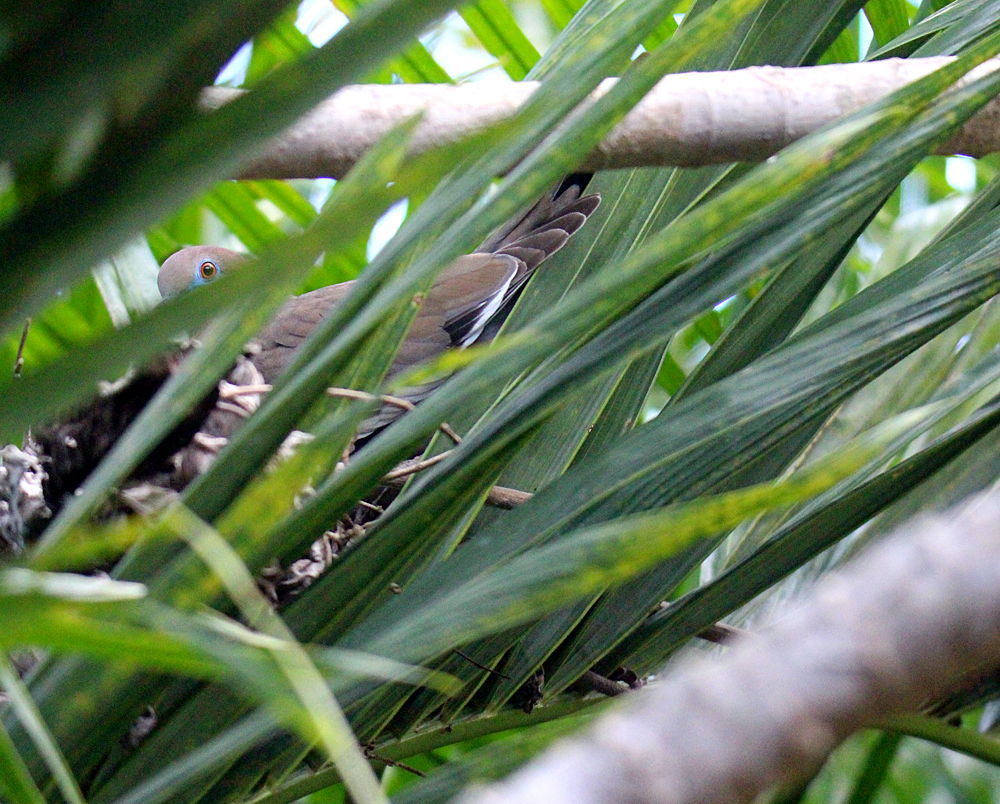
Nest-building Dove
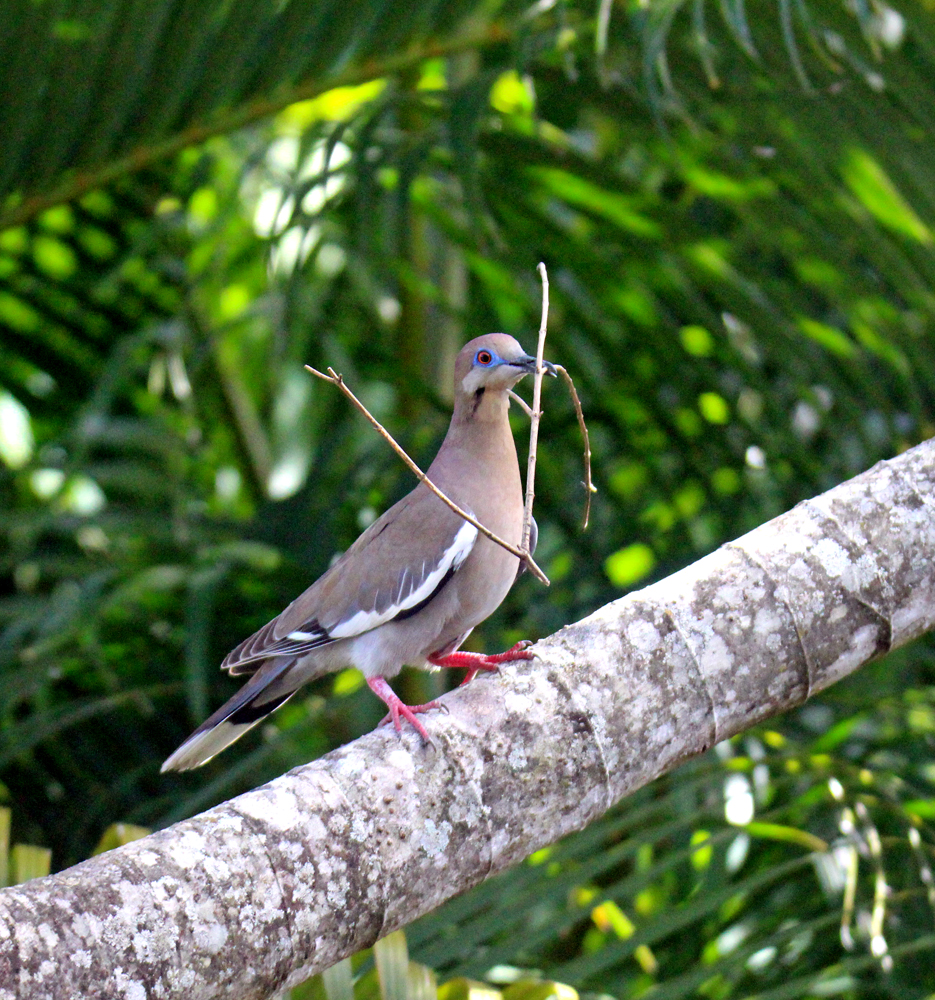
The books say that the male chooses the neighborhood and the female chooses the tree and does most of the building with sticks, so I’m guessing this is the female (they look alike). This one is building in the crotch of a small ornamental palm tree which I hope will be secure during the Jan-Feb winds. Below are 4 photos of this most common and widespread dove in Costa Rica, found from the southern half of the states down through Panama. This one is building a nest in my garden in Roca Verde, Atenas, Alajuela, Costa Rica.
Continue reading “Nest-building Dove”Great Kiskadee on Terrace
He/she (male & female identical) was unfortunately in the tree shadows, but this very common bird all over Costa Rica was in my Cecropia Tree the other morning for breakfast and I tried a photo capture. Read about the Great Kiskadee on eBird or see better photos in my Great Kiskadee Gallery from 18 different locations in Costa Rica!
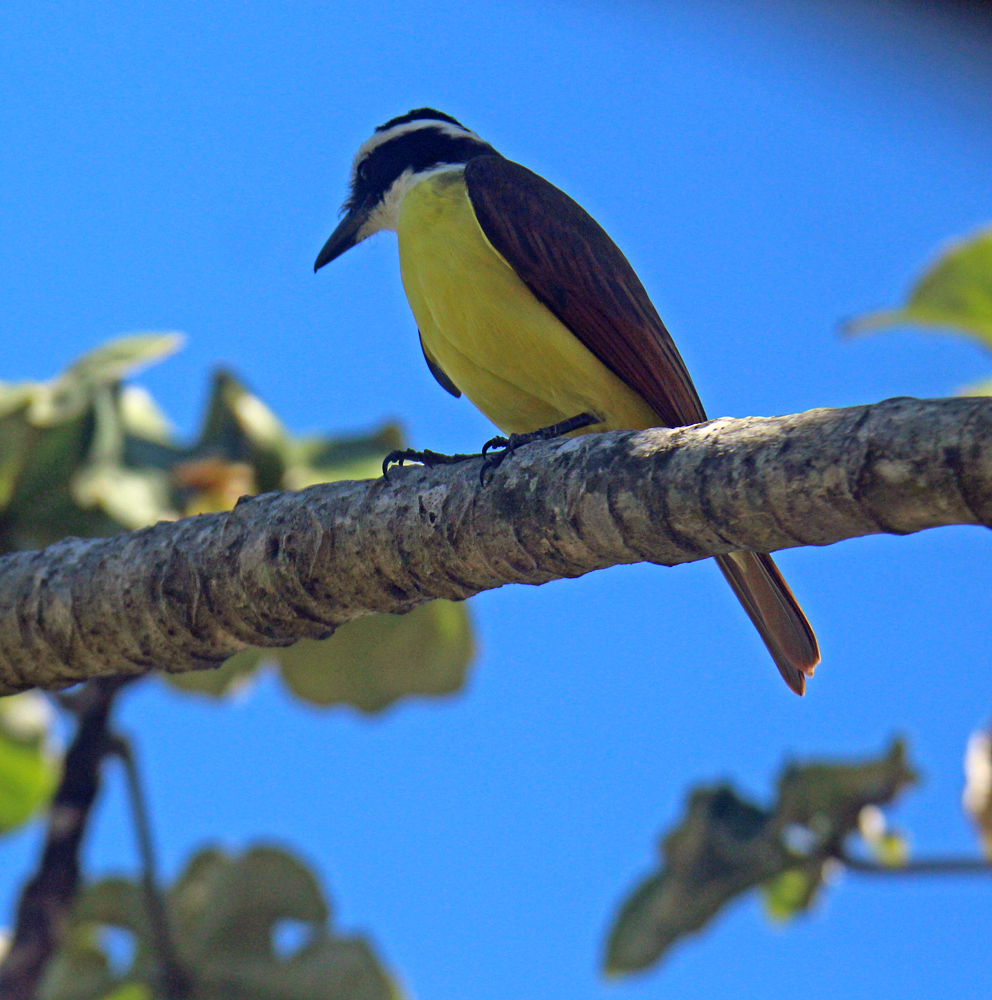
2022 Adventures Planned
As of today, I have only five of my typical six-night trips planned, less than the every two months goal, but I expect to add some 1, 2 or 3 day trips in-between! In fact, in January there is a day-trip planned for north of where I live to photograph 2 more waterfalls! That will be the last two photos I need to complete my next photo book on the Waterfalls of Costa Rica which I’m titling “WATERFALLS: The Music of Costa Rica.” 🙂
This year’s schedule includes two totally new places along with three repeats of Favorites! Below each of the 3 favorites I’ve added links to my photos from previous trips there. I can’t imagine having a better retirement than I have in Costa Rica! 🙂 There’s always something to look forward to in nature! And a growing Photo Gallery that I’m proud of! 🙂
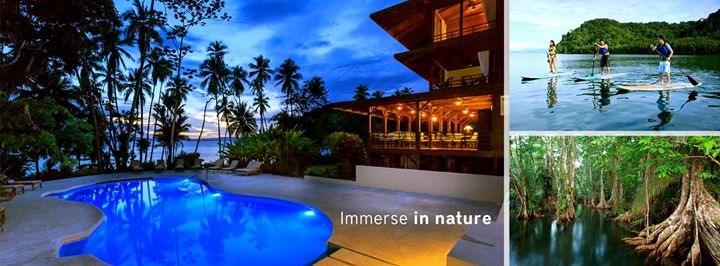
And the “Feature Photo” at top of Post is also one from Captivo Lodge Website, the view from my room there – supposedly! 🙂
February in Maquenque Eco-Lodge Tree House
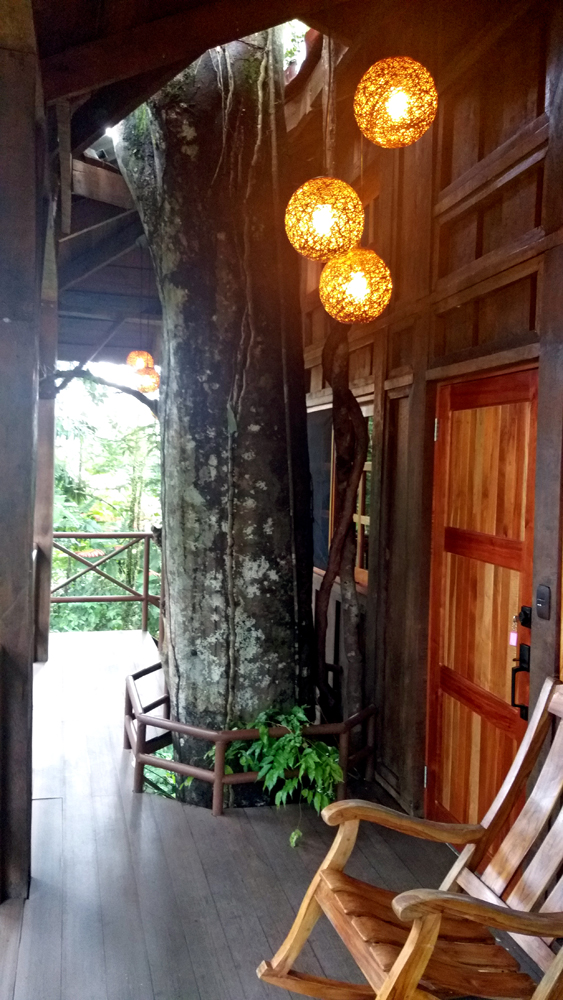
This is the lodge where I’ve photographed the largest number of bird species and where I get to sleep in a tree house near the birds and monkeys! 🙂 Photo at right is the “Tarzan” tree house room on my 2020 visit there. See the Lodge Website or my photos linked below from two previous incredible trips there:
April at Guayabo Lodge for Birds, Indigenous History & 2 Volcanoes
This is the first new location for me this year that will have a lot of good birding on campus and in a nearby private reserve, along with a visit to the Guayabo National Monument, an Indigenous Archaeological Site; plus Turrialba Volcano and Irazú Volcano, two of the biggest in Costa Rica that I have not seen yet. See the Lodge Website or specifics on these tours I plan to include from the hotel:
- Guayabo National Monument Tour (with video) or Monument Website
- Turrialba Volcano Tour or NP Website
- Irazú Volcano Tour or NP Website
- Birding in Aquiares River Reserve (owned by lodge)
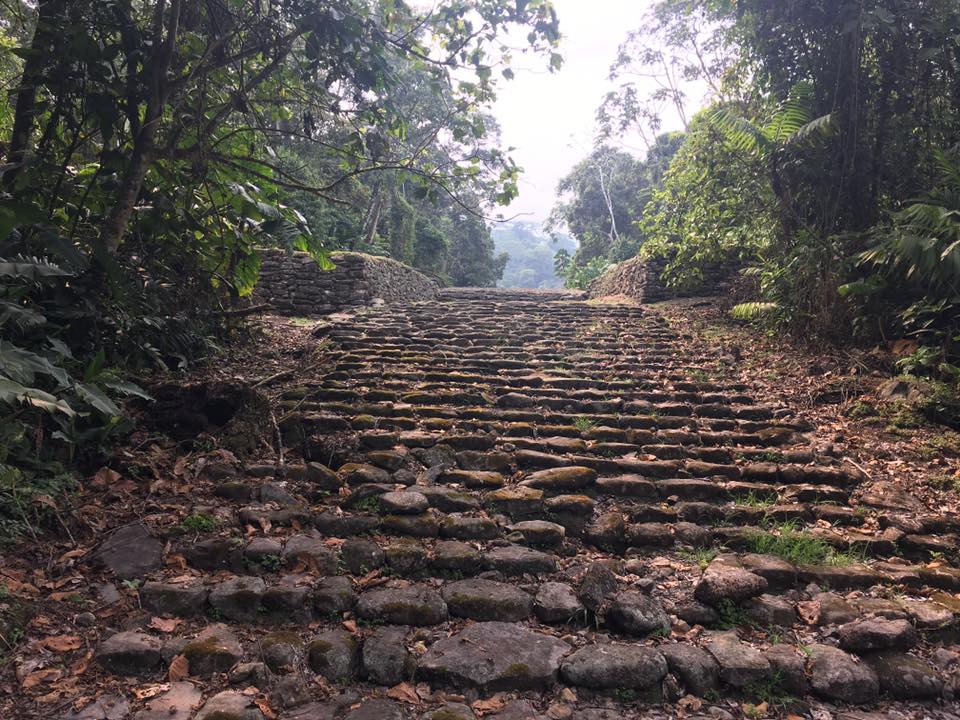
July Birthday at Playa Cativo Lodge
This is the other new location for me on the other side of Piedras Blanca NP from an earlier favorite, Esquinas Rainforest Lodge, but this time on a beach on Golfo Dulce in an even wilder rainforest. See the Playa Cativo Lodge’s Website or YouTube has a lot of videos from there. The feature photo at top is the view I expect to have from my room and the dining room. 🙂
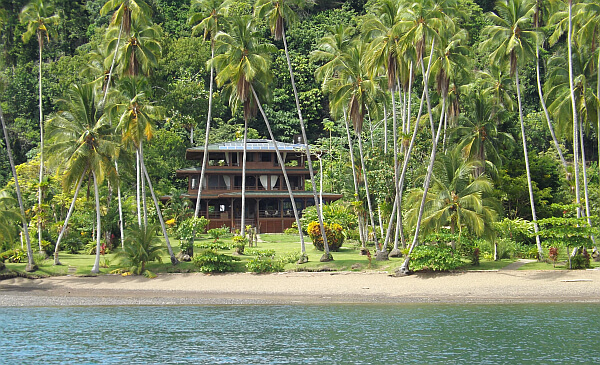
September Back to Quiet Banana Azul in Caribe
Check out the hotel’s website or see my photo galleries from 4 previous relaxing visits there:
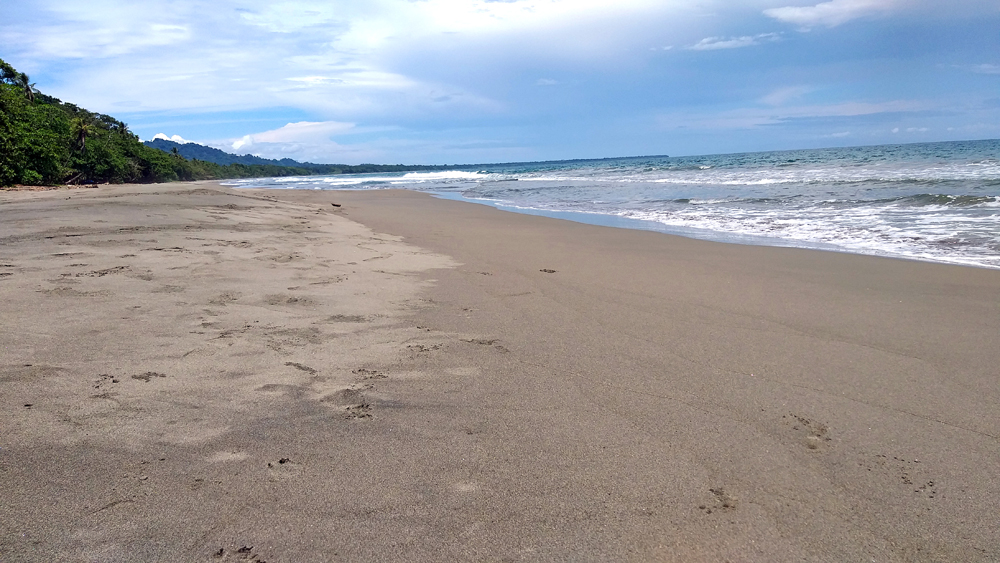
Christmas Return to Arenal Observatory Lodge
Check out the lodge’s website or my photo galleries from two previous adventures:
- 2020 December 21-27 (also at Christmas)
- 2018-May 4-9
This is an all-around favorite for just about everything! They are 2nd only to Maquenque Lodge for the number of birds I photograph; one of best rooms & room visitas (I always get Room 29!) 🙂 ; excellent restaurant; fabulous forest trails; the tallest and best birding tower in Costa Rica; a beautiful waterfall; other wildlife besides birds; sitting at the base of the volcano; and close to multiple other great birding reserves and the biggest butterfly garden in the country! 🙂
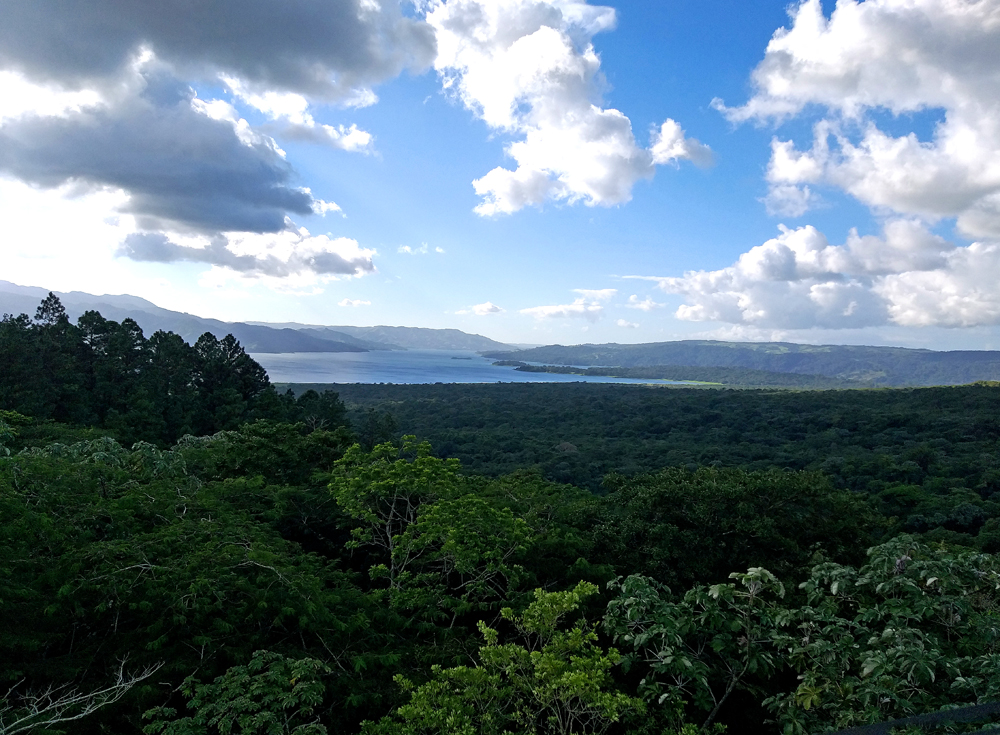
See my CR Trips Gallery for all the places I’ve visited here.
Expect some stunning new photos in 2022! 🙂
¡Pura Vida!
2021 in Photos
This year was unlike any other in my life, not only because of the Covid 19 Virus Pandemic, vaccines, mask-wearing, hand-washing, and social distancing everywhere, but even more so as my year of major cancer surgery and radiation treatments. Yet through it all I managed to keep nature central to my life most of the time and even make a few photo trips.
I will not try to do a photo-a-month but rather 12 favorite photos depicting major life events, trips, and different types of nature starting with the 2 wonderful trips before the cancer surgery in March. The links in the photo captions are to my photo trip galleries for those events. I even have a gallery for radiation therapy (not one for surgery) and include surgery in my cancer journal and the combined photo book on my cancer adventure. 🙂 And the featured image at top is a Tiger Heliconian Butterfly on a “Hot Lips” Flower on my just completed Christmas trip to Uvita. 🙂

Uvita Trip Gallery Completed
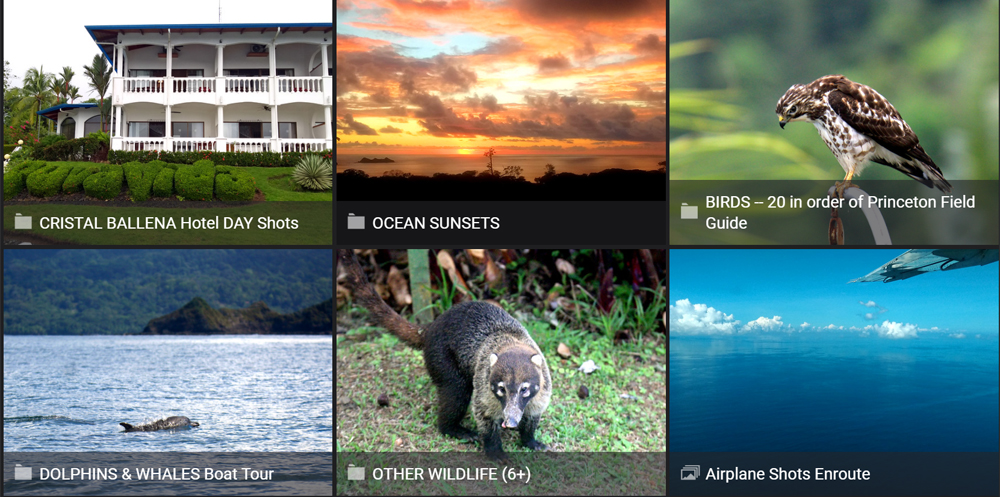
Click the above gallery image or:
https://charliedoggett.smugmug.com/TRIPS/2021-December-21-26-Cristal-Ballena-Uvita
Happy New Year!
¡Pura Vida!
Brown Booby – A Unique Bird
On the Whale-Watching Boat Tour we spent some time at “Whale Rock Island” watching two kinds of very unique birds, the Brown Booby and the Magnificent Frigatebird which I will post about next year, next week. 🙂 Read about the Brown Booby on eBird or see my Brown Booby Photo Gallery. I’ve seen them only one other time. Here’s three favorite photos from this trip . . .
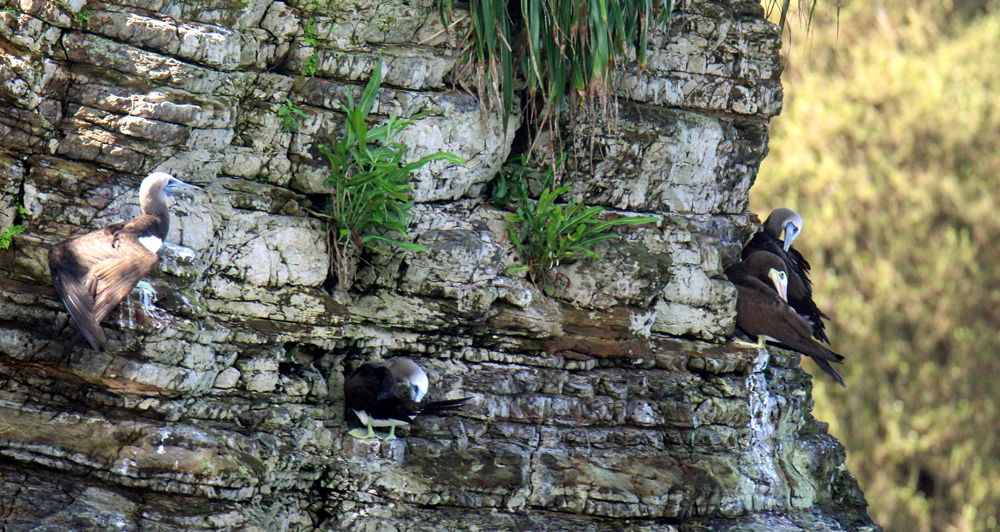
Cachicama or Carton Wasp Nest
This one is almost identical to one seen recently in my gardens with the ID coming from whatsthatbug.com which I hope is scientifically based. 🙂 It was photographed on the hotel property which is considered a rainforest. See what the other one looked like in my Carton Wasp Nest Gallery.

¡Pura Vida!
Rhinoceros Beetle
Injured or with a broken horn was on my terrace Christmas Eve in Uvita until the maid got rid of him. They usually have a long black horn as long as his head width. This one seems to have been broken off. See my Rhinoceros Beetle gallery for what the horn usually looks like. He was at first on his back and could not roll over (lots of beetles have this problem!) as seen in 3rd photo of gallery. I turned him over for topside photos, then he later climbed up the outside door as shown in second photo of gallery.
There are so many strange and interesting insects in Costa Rica and some scientists say that there are still many that have not been identified or named yet. I have better photos in my Rhinoceros Beetle Gallery or you might like seeing the similar Hercules Beetle Gallery or another similar Longhorned Borer Beetle Gallery or for my whole collection of More Insects CR (non-butterflies) with more than 80 species of unusual insects I’ve photographed in Costa Rica. I think that insects are incredibly interesting!
